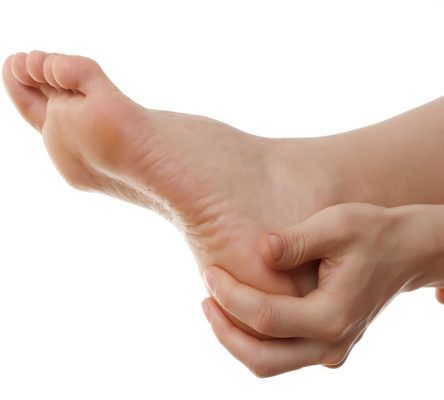 A Ganglion Cyst is a tumor or swelling which is usually developed on top of a joint or through tendon (a tissue connecting muscles to bones) sheath. The physical look of the cyst is like a sac of liquid inside of which is a clear, yet thick and sticky, jellylike material. Such a cyst may feel either firm or spongy, depending on the size of it.
A Ganglion Cyst is a tumor or swelling which is usually developed on top of a joint or through tendon (a tissue connecting muscles to bones) sheath. The physical look of the cyst is like a sac of liquid inside of which is a clear, yet thick and sticky, jellylike material. Such a cyst may feel either firm or spongy, depending on the size of it.
What is a Ganglion Cyst?
A ganglion cyst is a non-cancerous lump that often develops on tendons of the hands, feet, wrist, or joints. The cause of this condition is not known.
The lump is usually small, round, and painless. It can only be painful if it presses against a nerve, although this situation is rare. It can also affect joint movement in some cases.
The ganglion cyst clears on its own in most instances but can be drained if it becomes troublesome.
Also called the bible cyst, ganglion cysts are more prevalent in women, 70% of the patients being between age 20 and 40 years. It hardly affects children below the age of 10.
It may occur as one large or many small cysts. When they occur as many small cysts, they may take the form of more than one cyst, but deeper tissues may connect them. This cyst accounts for more than half of the tissue tumours on limps but is not harmful.
The cause of this condition is only explained using theories.one of the theories suggests that, trauma may cause tissues around the joint to break down. This gives rise to small cysts, that eventually coalesce to form one large cyst. Another theory suggests that, a flaw in the tendon sheath or joint capsule may make the joint tissues to bulge out.
Ganglion Cyst Symptoms
- A lump whose size changes.
- It does not move, soft, and has a diameter of 1-3 cm.
- The swelling may appear gradually or suddenly. It may also reduce in size, disappear, but come back later.
- Most cysts may cause pain, especially repeated or chronic trauma. About a third of them only have the symptom of appearance.
- In cases where pain is felt, it is mostly chronic and worsened when joints move.
When to Seek Podiatry Care for Ganglion Cysts
Medical evaluation is important for ganglion cysts, whether there are symptoms or not. Your podiatrist can confirm the presence of a cyst, help you reduce your worry, and recommend on the best treatment for you. The condition does not necessarily need emergency treatment except in cases of serious or significant trauma. Routine podiatrist checks are often enough.
To diagnose this condition, physical examination is usually enough.
The doctor may also use needle aspiration to get some of the fluid in the cyst, or by using ultrasound which can determine whether the bump is fluid-filled (cystic) or if it is solid. Ultrasound can also detect whether an artery or blood vessel is causing the lump.
If the bump is large, solid, or involves an artery, your doctor may recommend surgery for you.
Magnetic resonance imaging may also be very helpful for ganglions. Contact us on 03 9077 5915 for further assessment and treatment.
